CrossCurrents Library
Featured Collections
Topics
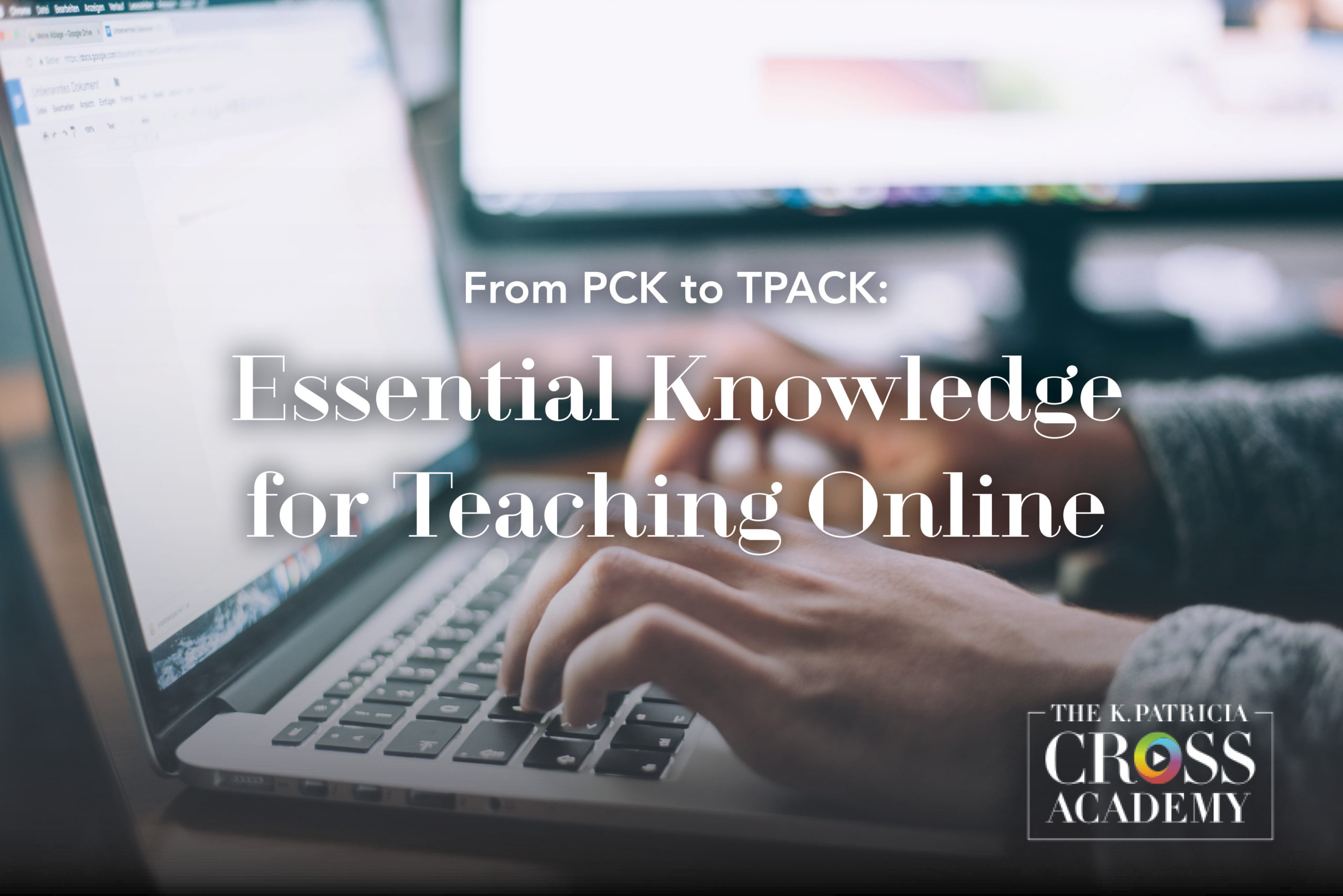
Few of us have had formal opportunities to learn about teaching online. As a result, we often lack a full understanding, or even a good practical sense, of the look, pacing, and feel of an online course. But to teach online well, we need such knowledge. Lee Shulman, educational psychologist and former president of the Carnegie Foundation for the Advancement
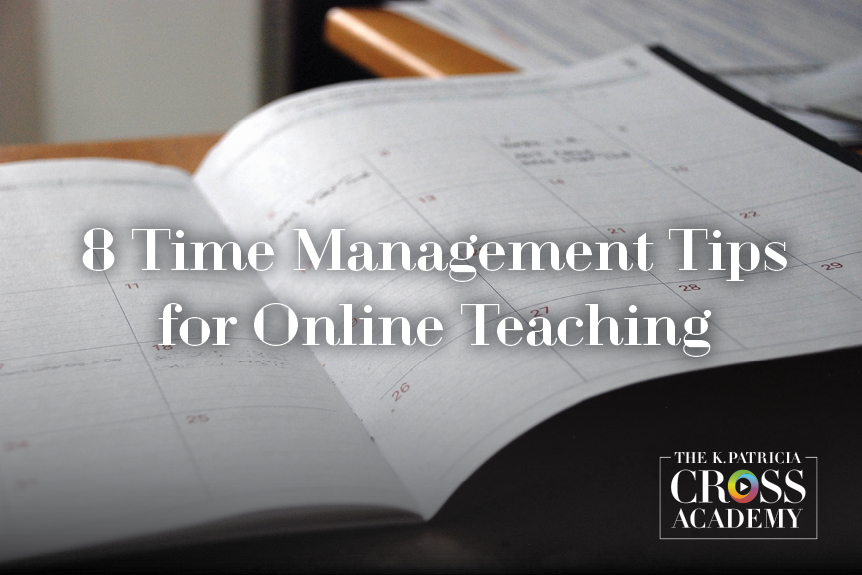
In higher education, we work within semesters, quarters, or terms that last a set number of weeks. Within a given term, we teach in chunks of time, with classes lasting 50 minutes, 3 hrs, 8 hrs, or other increments. But when we teach online, no longer does teaching have to occur synchronously at a fixed time and location. The online teaching environment requires reconsidering traditional notions of time
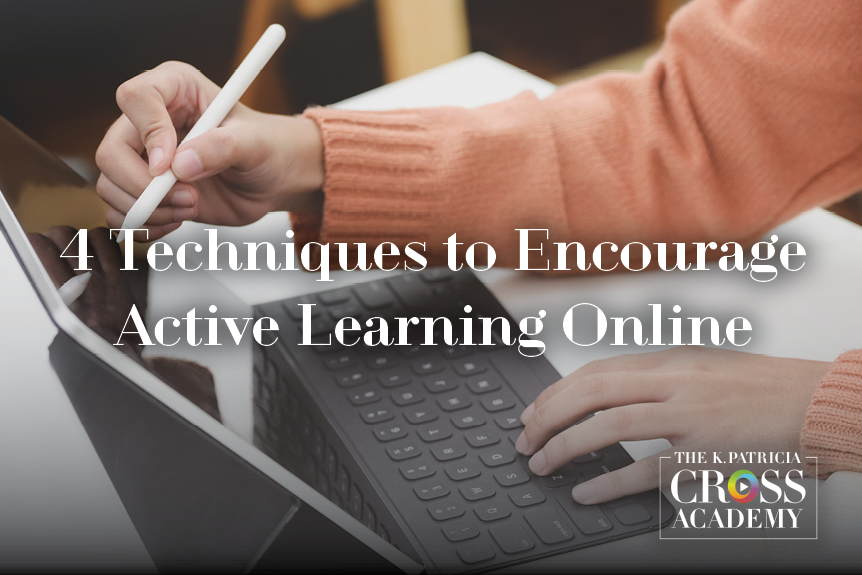
Active learning has come of age in higher education, with many educators adopting this method of teaching in their courses and with many studies documenting its effectiveness as an instructional approach. But what is active learning anyway? And given the fact that so many of us are teaching online, what does it look like in an online course? Descriptions of

When we teach online, we have to be more intentional about sharing information about ourselves and about which information we will share. We decide, for example, whether to display a picture of ourselves or an avatar and if so, which. We have to make decisions about what personal information to put out there for students. We have to choose whether or not we want them to see and hear us. How can we make deliberate choices when creating our personas?

Higher education institutions have been scrambling to meet the demand for remote and online courses. This has been due in part to general growth trends in online enrollment, but it has also been accelerated out of response to the Covid-19 pandemic. Because of this, we have focused on helping faculty teach more effectively online. In this blog, we turn our
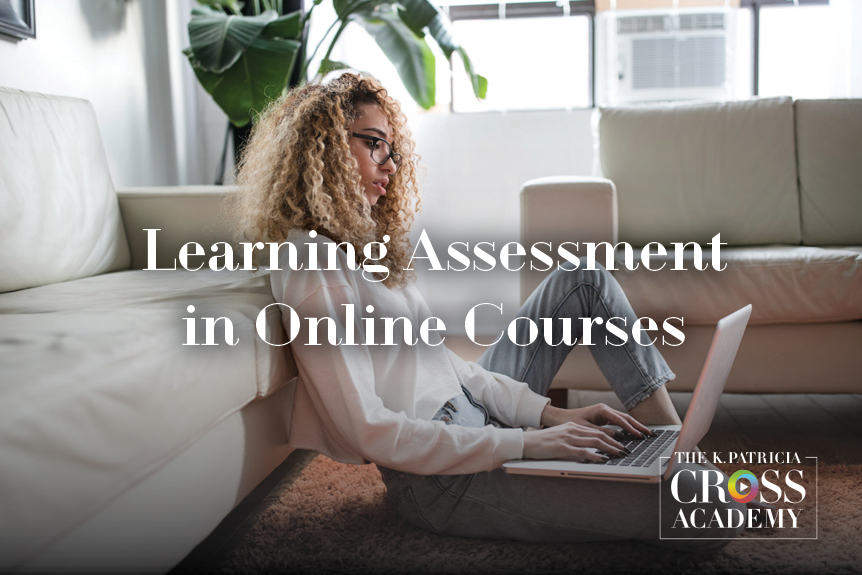
Faculty who have recently begun teaching online often ask: “How will I know that my online students are learning when I can’t see them?” The short answer to this question is assessment. At its most fundamental level, assessment is the action of appraising the quality of something. In teaching, assessment is used to appraise the knowledge, skills, attitudes, and beliefs
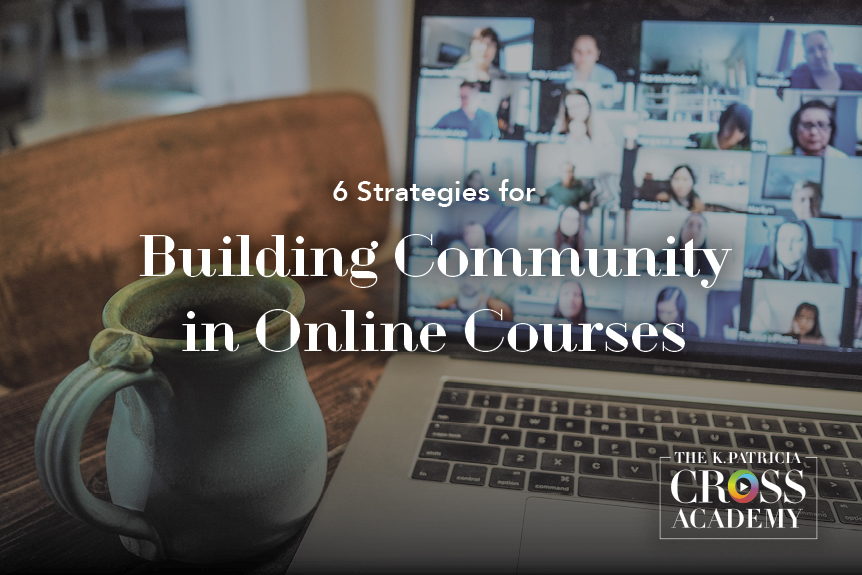
Sometimes, a group of students in a given class just seems to gel. They connect, work well together, and encourage and support each other. Sometimes a group of students does not gel. They barely interact, they don’t work together, and while they may not actively discourage each other, encouragement is not exactly forthcoming either. It can be difficult to determine what causes

After years – even decades – of teaching onsite, many instructors are able to teach a traditional, classroom-based course without having laid out the entire course in advance. This approach doesn’t work well in the online classroom, however, as online course delivery requires more fully developing the course ahead of time. Thus, when teaching online, the process of course design is essential.
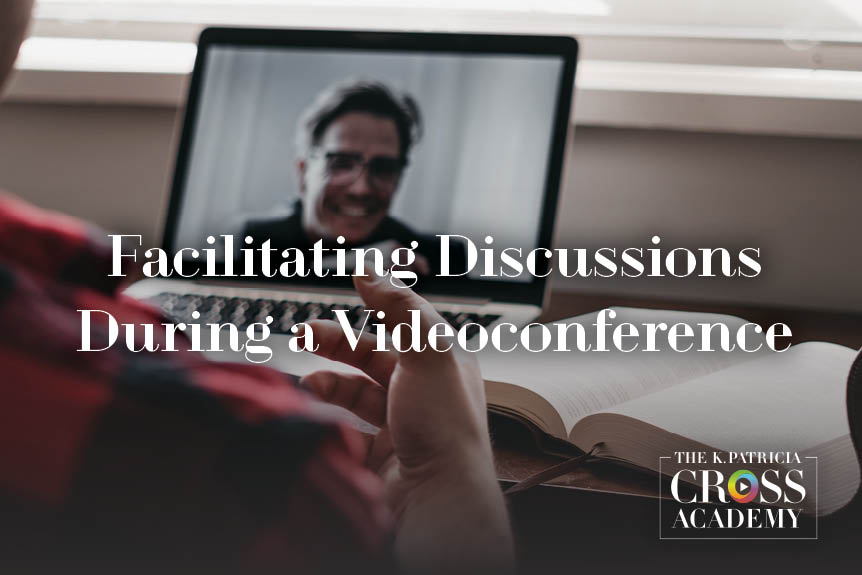
With many of us now teaching remotely, we are finding ways to retain strategies that worked well when teaching onsite. Discussion is one of the strategies that we regularly draw upon when teaching on campus. Thus, instructors who are using videoconferencing to facilitate our class sessions are trying to determine how to make synchronous class discussions work in this new

At the outset of the COVID-19 pandemic and the sudden, mandatory campus closures, college and university faculty had to quickly determine how best to offer instruction online. Video-conferencing apps like Zoom and Skype provided a lifeline, as many faculty turned to synchronous remote instruction to communicate with their geographically dispersed students. Some instructors, knowing that their students only had access

Many times, instructors feel like they “should” assign discussion board posts. They do so for a variety of reasons, including to simply receive the “regular and substantive interaction” between students and teachers required in virtual classrooms. Lively discussions are a hallmark of face-to-face courses. Likewise, for decades, discussion boards have been a staple of online courses. But doing discussions online and through a text-based medium offers its own set of challenges.

Many of us have had to sit through boring, less than engaging lectures in a classroom. The speaker seems bolted to the floor, drones on and on in a monotone voice, and shares visuals that consist of nothing but slide after slide of bullet-point text. We know a bad lecture when we experience it. But we also know a good